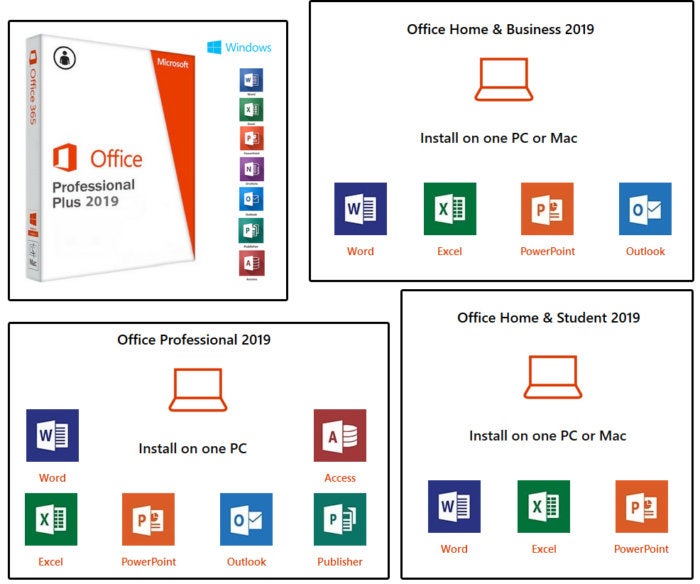Once upon a time, I loaded and ran software from 360-kilobyte floppy disks on my KayPro computer — and I was happy. At the time, I could install software on a huge 10MB hard drive and run from it there. Good times!
The years passed, and my hard drive grew ever larger. But I still “owned” my programs. Well, the End User License Agreements (EULA)s would technically disagree, but the applications were on my computer and under my control.
That was then. This is now.
Over the last few years, software-as-a-service (SaaS) has begun to totally dominate the end-user software market. By 2019, for example, you couldn’t buy a “permanent” version of any Adobe program. Instead, you had to subscribe to Creative Cloud if you wanted to run Photoshop, Illustrator, and Premiere Pro. Rather than paying once for the whole suite, it will now run you $60 a month.
That said, in the world of Linux, we still have “our” software. I’m writing this on LibreOffice; when I need to work with images, I use GIMP; and instead of Outlook for e-mail, I use Evolution. Of all the major software vendors in the Windows world, only Microsoft has continued to offer standalone software.
Well, it did anyway.
Mind you, Microsoft doesn’t really want you to buy those programs. When Office 2019 came out, Microsoft urged everyone not to buy it. Recently, the company has taken another step to closing the door to PC-based programs for good.
As first reported by Office Watch, an independent publication covering all things Microsoft Office, “Microsoft has stopped supporting connections from Office 2019 and Office 2016 to their Microsoft 365 online services. It’s another ‘passive aggressive’ move to get customers off older versions of Office and onto Microsoft 365.”
Really, Microsoft?
I mean, this comes as no surprise. A year ago, Microsoft warned that as of Oct. 10, 2023, it would no longer support Office 2016 and 2019’s connectivity to Microsoft 365.
What’s that, you say? It’s still working for you? Good to hear. Just don’t count on it continuing to do so. Maybe it will, maybe it won’t, ”but those connections won’t be supported and could experience performance or reliability issues over time.”
Adding insult to injury, “improvements to Microsoft 365 services will no longer be tested with these Office versions.”
This means if you’re still running old-school Office, you can’t depend on being able to connect with services such as Exchange Online, SharePoint Online, and OneDrive for Business.
Now, if you read your contract and EULA closely, you might have noticed, as Office Watch did, that Microsoft promised Office 2019 and Office 2016 would have support for another two years. Now, they find “that they have no guarantee that they can connect to Microsoft’s own services for two years less than what they paid for.”
Oh, and by the way, there will be no Extended Security Update (ESU) program. Your Office 2016 and 2019’s lifespan is now up in the air.
Instead,…
2023-11-17 18:41:02
Link from www.computerworld.com rnrn
